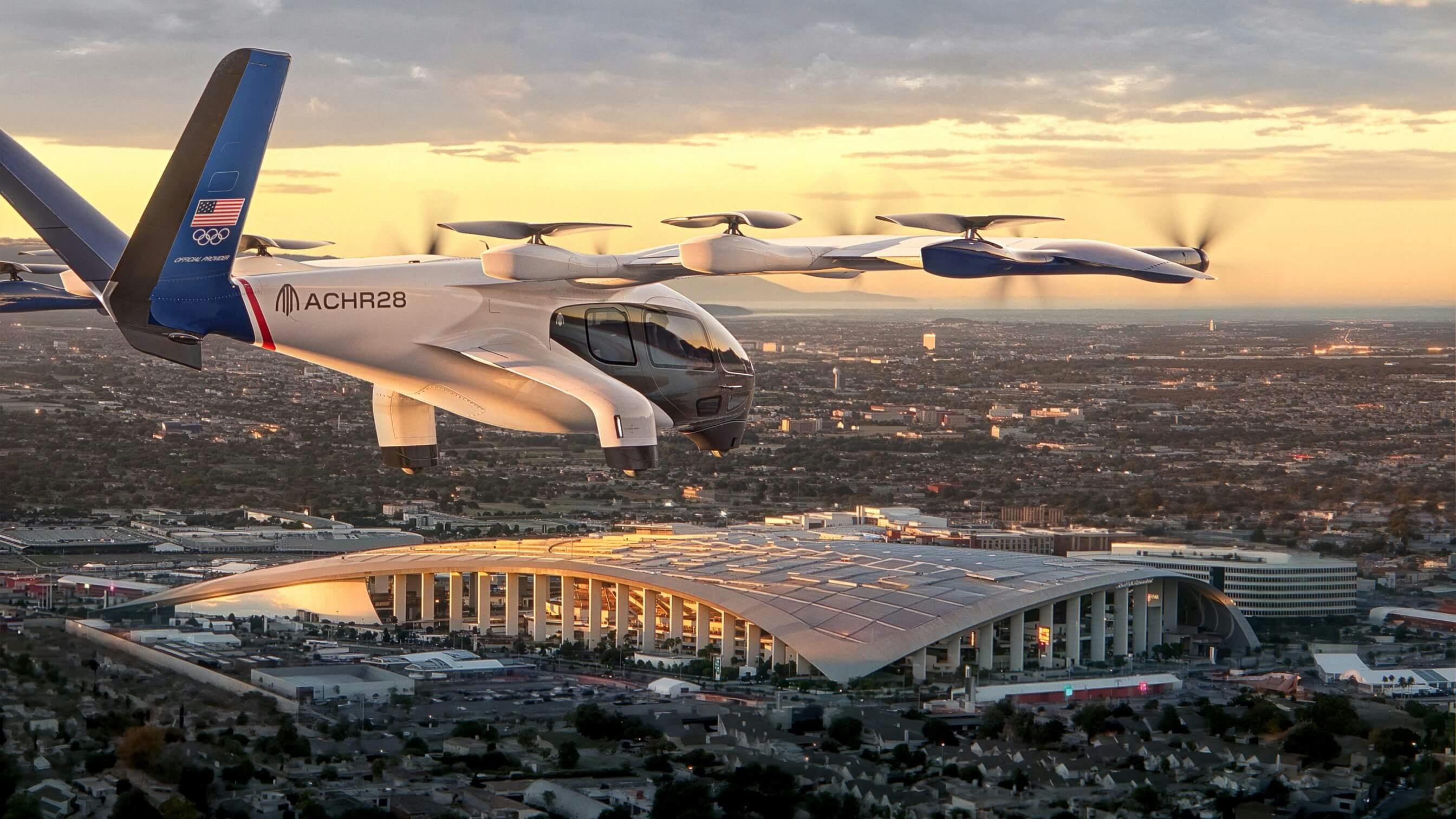
AeroGenie: il tuo copilota intelligente.
Tendenze
Categories
AI and Optimization in Airline Pricing: Navigating Profit, Fairness, and Trust
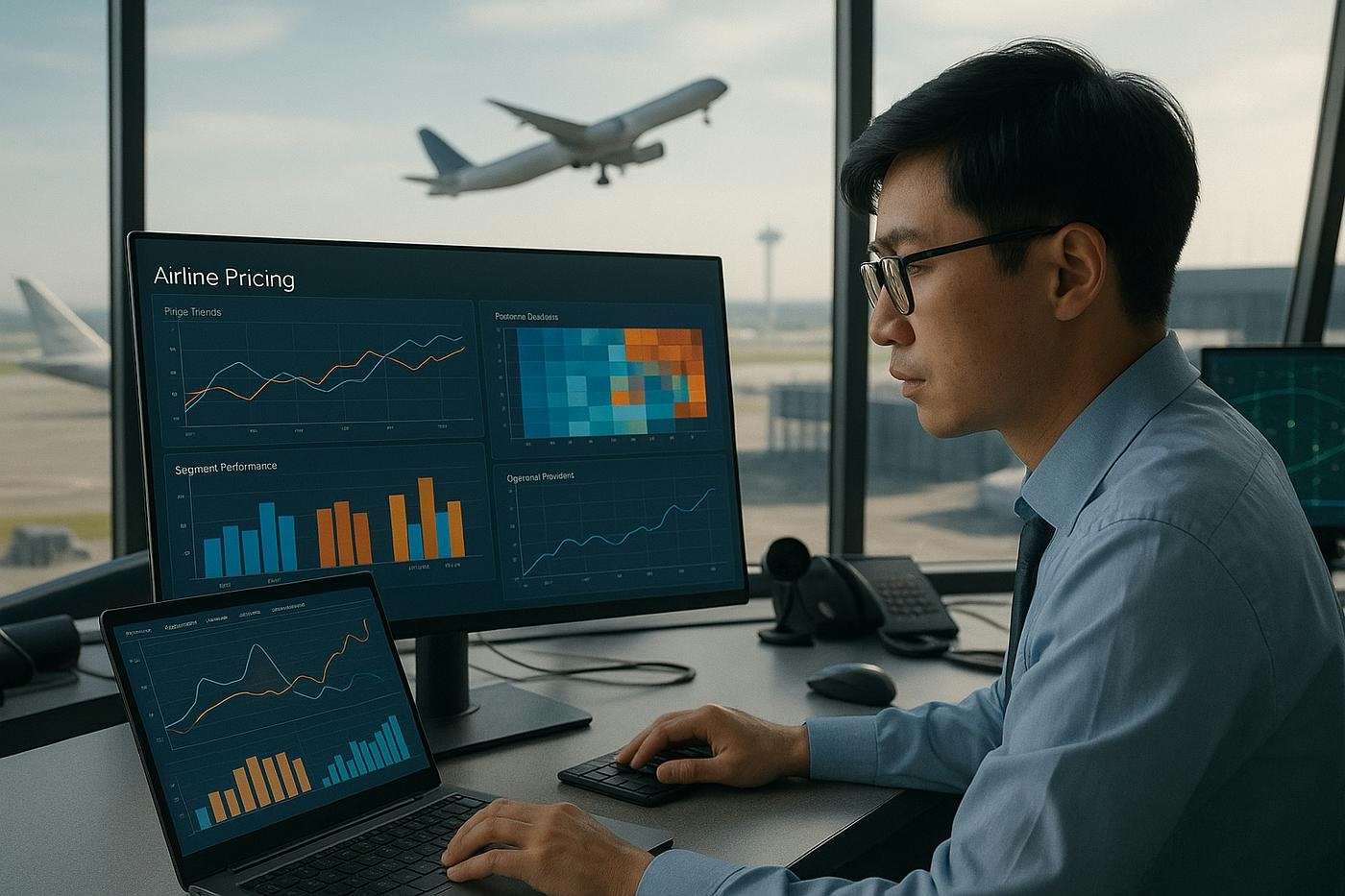
AI and Optimization in Airline Pricing: Navigating Profit, Fairness, and Trust
Airline pricing has experienced a profound transformation over recent decades, driven increasingly by mathematical optimization and artificial intelligence (AI). These technologies have become central to how airlines determine fares, enabling more sophisticated and dynamic pricing strategies. Jerry Yurchisin, Senior Data Science Strategist at Gurobi Optimization, offers insight into this evolution, drawing on his extensive experience in operations research, machine learning, and data visualization.
The Evolution of Pricing Strategies
Yurchisin’s career includes significant roles at OnLocation, Inc., where he tailored linear programming models for the U.S. National Energy Modeling System, and Booz Allen Hamilton, where he developed optimization and machine learning solutions for federal agencies. His expertise underscores the growing complexity of airline pricing, which has evolved considerably since American Airlines introduced revenue management in the early 1990s. Optimization models now allow airlines to align pricing with diverse business objectives, whether maximizing profits, increasing seat occupancy, or balancing both. These models incorporate constraints such as aircraft capacity, competitive dynamics, and regulatory requirements, enabling airlines to identify optimal trade-offs in a highly competitive market.
The integration of AI has further advanced these capabilities. Predictive models forecast demand fluctuations, no-show rates, and competitor behavior, feeding critical insights into optimization systems. However, Yurchisin cautions that reliance on historical data alone is insufficient in the volatile aviation sector. He stresses the importance of supplementing past data with real-time external factors, including economic indicators and customer sentiment, to maintain pricing relevance and responsiveness.
Challenges of Transparency, Fairness, and Trust
As AI-driven pricing becomes more prevalent, issues of transparency and fairness have come to the forefront. Airlines face increasing pressure to clearly communicate the factors influencing fare decisions and to provide accessible channels for customer feedback. Embedding fairness-related business rules—such as caps on fare increases and anti-discrimination measures—directly into optimization models is critical to preserving consumer trust.
Recent controversies highlight these challenges. Delta Air Lines, for example, encountered public scrutiny following reports that it employed AI for personalized pricing based on individual data, raising concerns about predatory practices. Although Delta denied using AI to set fares on a personal basis, the episode reflects widespread skepticism toward opaque, profit-driven pricing models. While some consumers remain wary, others recognize the potential benefits of dynamic pricing. In response, competitors may either adopt similar technologies or emphasize transparency to distinguish themselves in the marketplace.
The risks inherent in AI-based pricing include biases embedded in historical data, inaccuracies in modeling, overfitting, and feedback loops that can escalate prices as airlines react to each other’s adjustments. To mitigate these risks, Yurchisin recommends that airlines establish clear pricing objectives and implement guardrails—such as maximum price caps and fairness constraints—that are automatically enforced by optimization systems.
Despite these challenges, the advantages of advanced pricing systems are significant. They offer improved operational efficiency, better alignment of supply and demand, and the potential for lower fares. As AI continues to evolve, its role in shaping airline pricing will expand, making transparency, fairness, and customer trust more essential than ever before.

FAA Extends Engine Pylon Airworthiness Directive to DC-10

Why United Airlines Continues to Use the Boeing 777-300ER in 2025

Dubai Airshow 2025: Key Aircraft and Conference Highlights
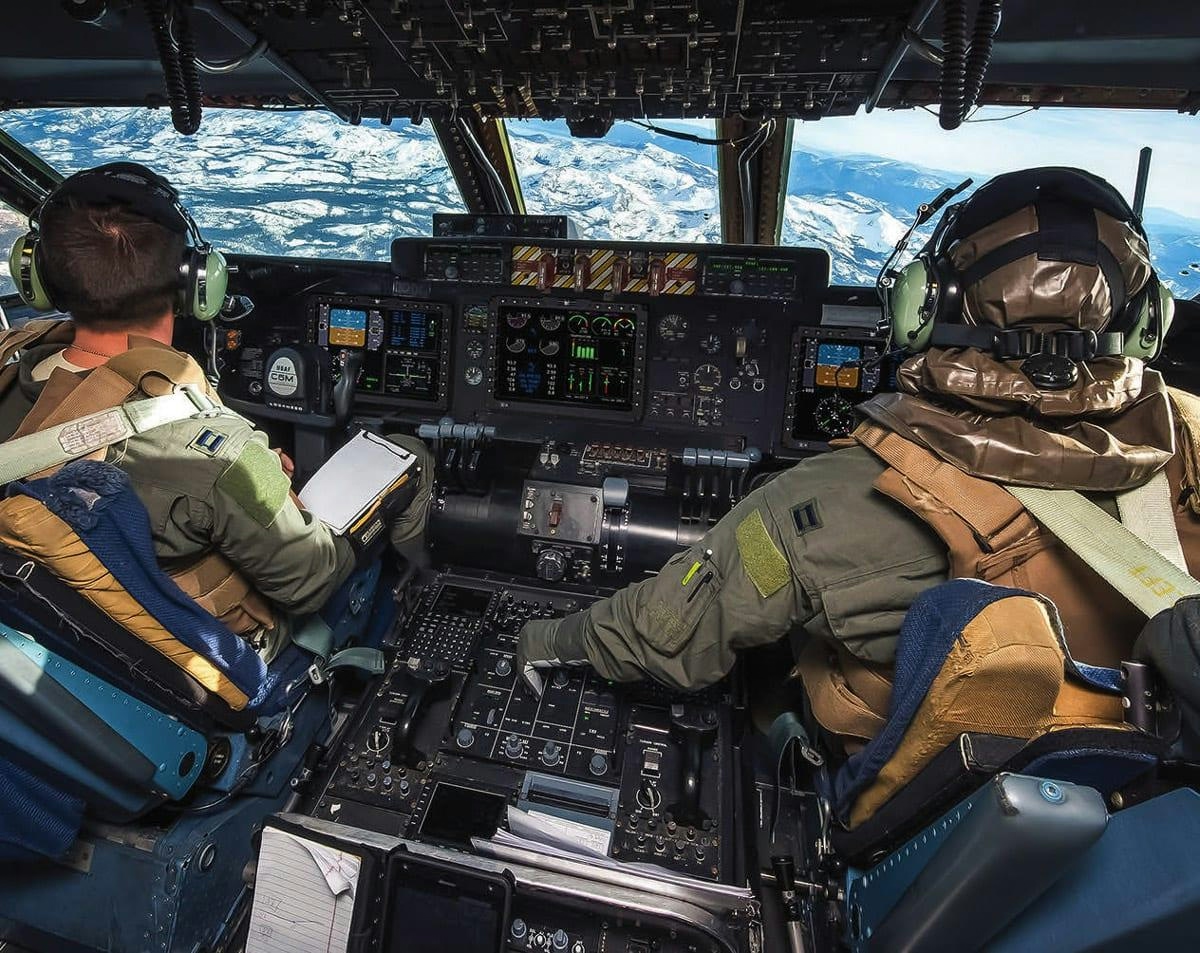
Defense Aviation Adopts Commercial Innovations
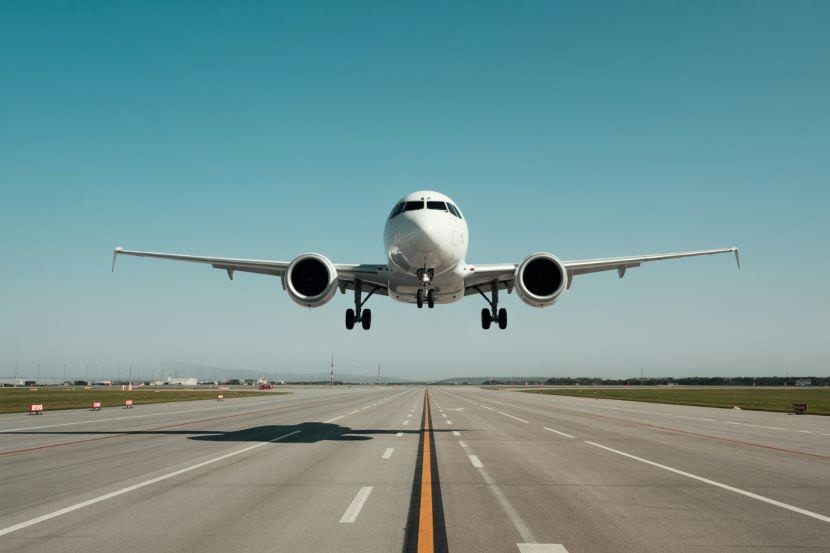
MedAire’s Alert Platform Enhances SolitAir’s Role in Aviation Security Innovation

India Faces Shortage of 30,000 Pilots Amid Growing Fleet, Aviation Minister Calls for Urgent Training
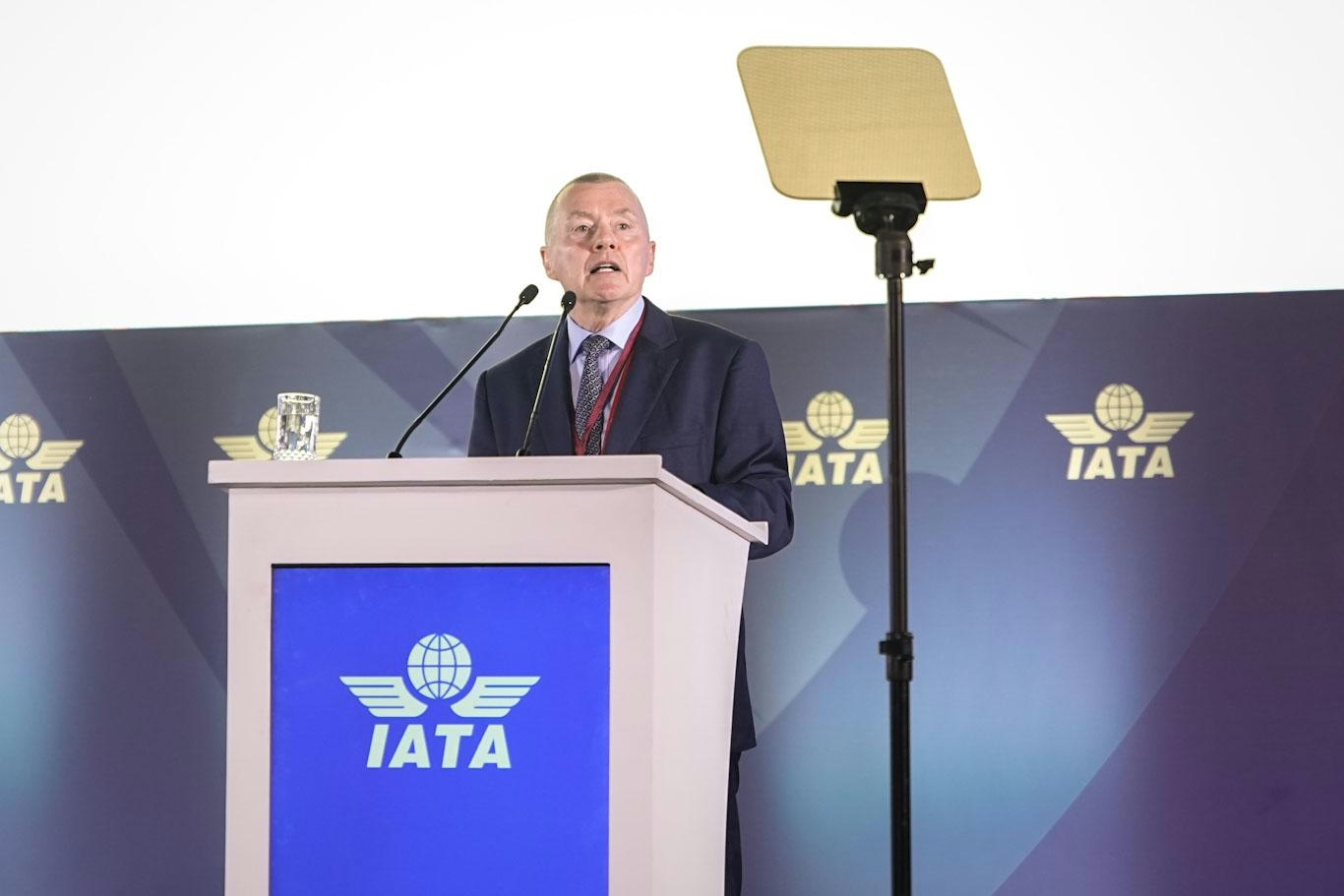
IATA Chief Calls for Fair Compensation for Airlines Amid Supply Chain Challenges
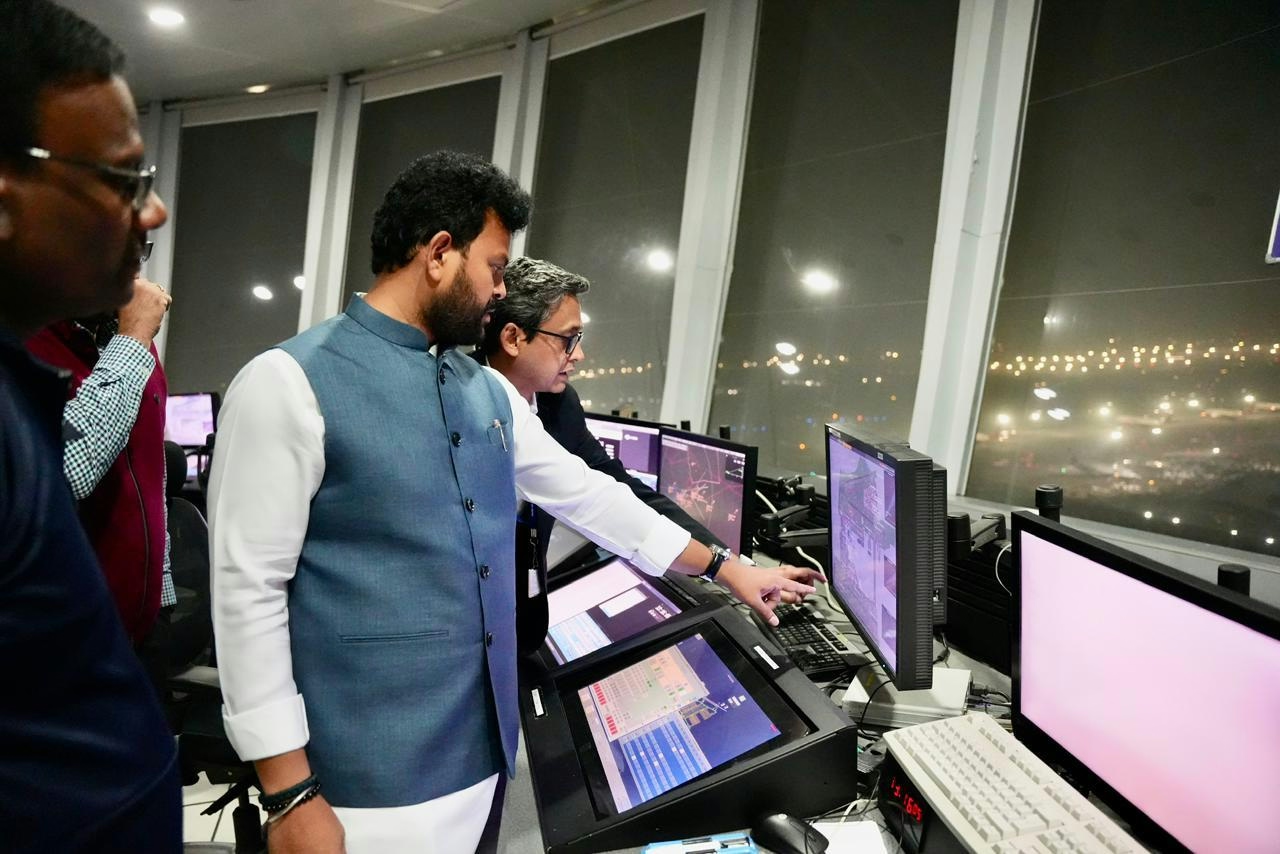
AAI Unveils Pavilion Highlighting India’s Aviation Advances at IITF 2025
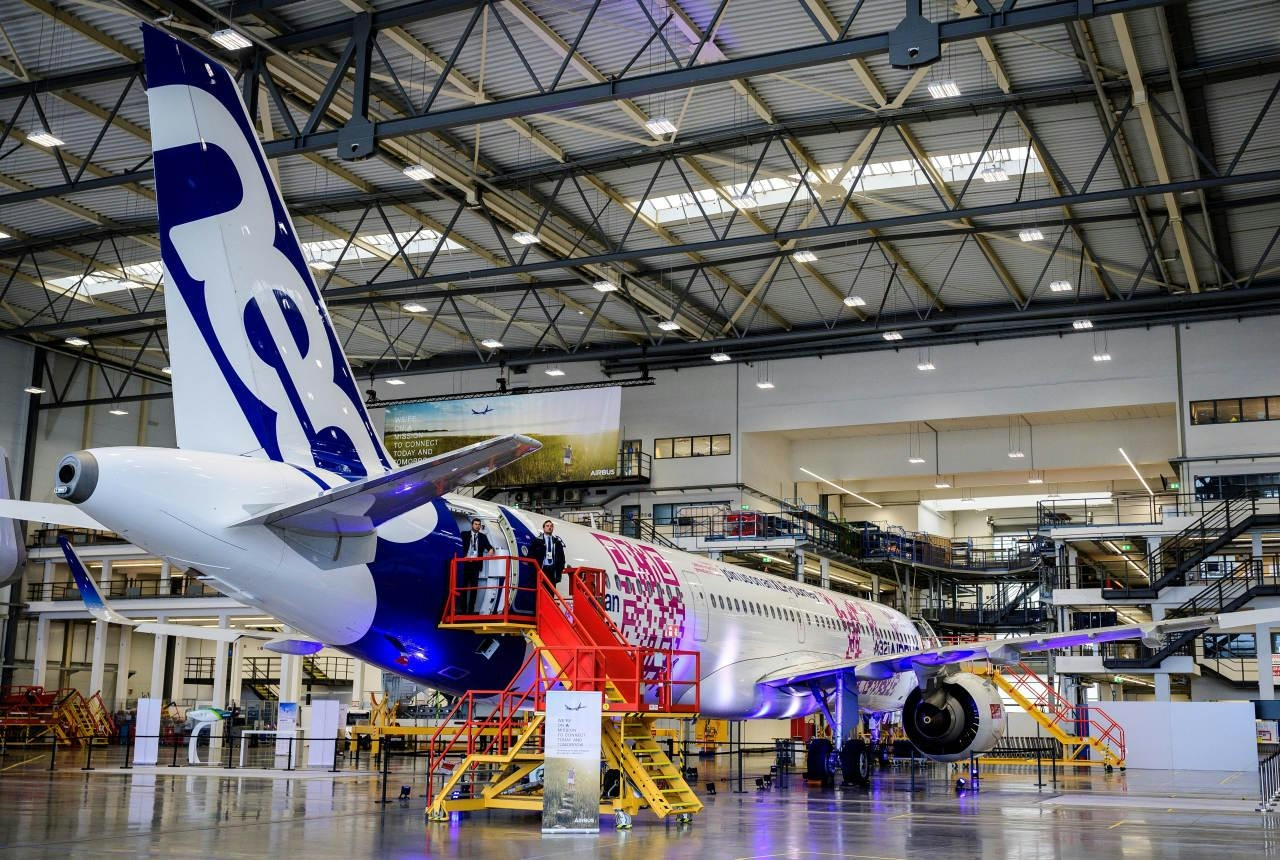
Airbus Projects Asia-Pacific Will Need Nearly 20,000 New Planes Over 20 Years
